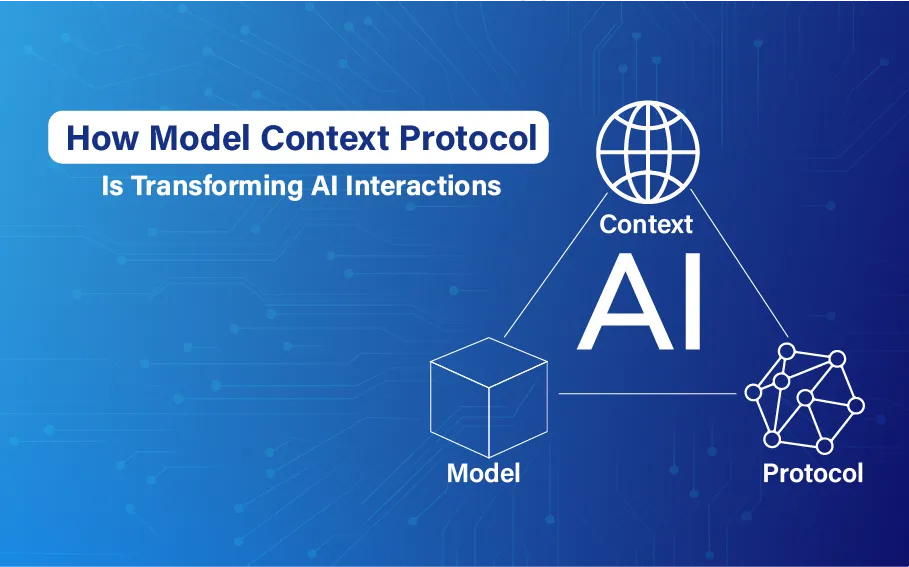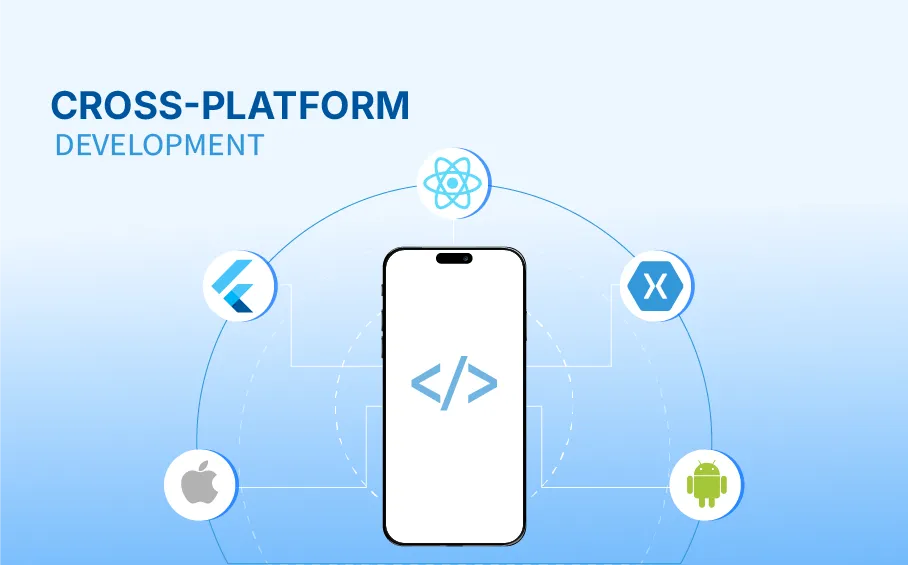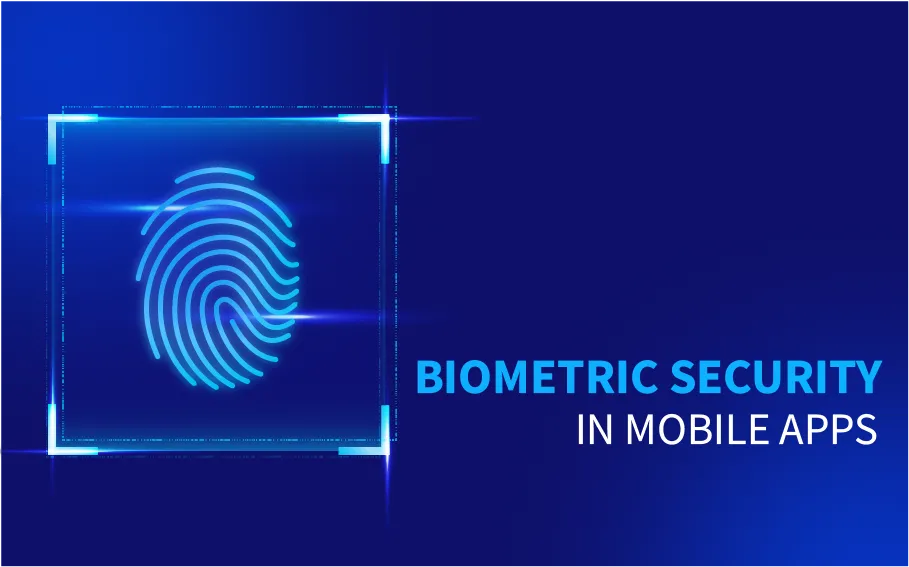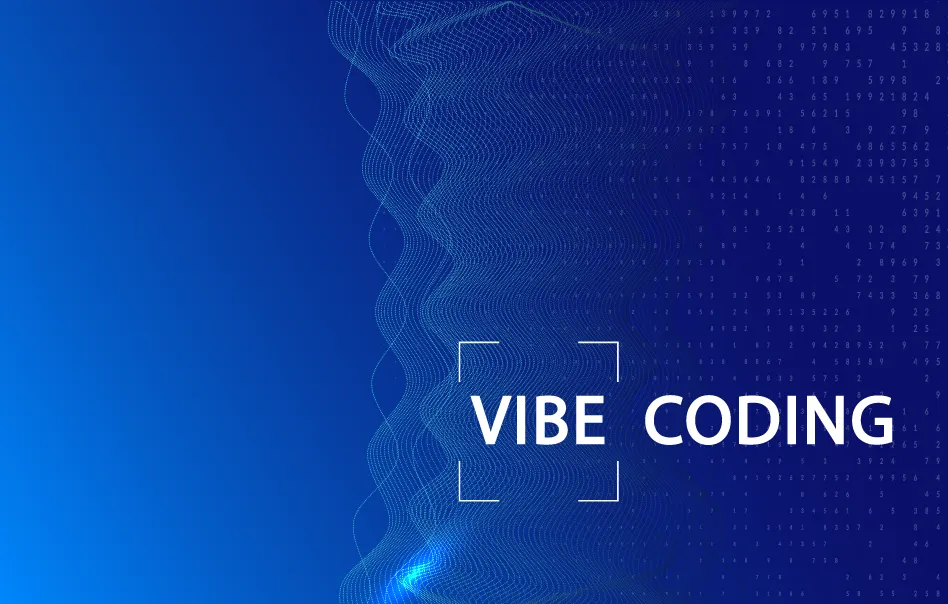MVP Software Development: The Ultimate Guide in 2025
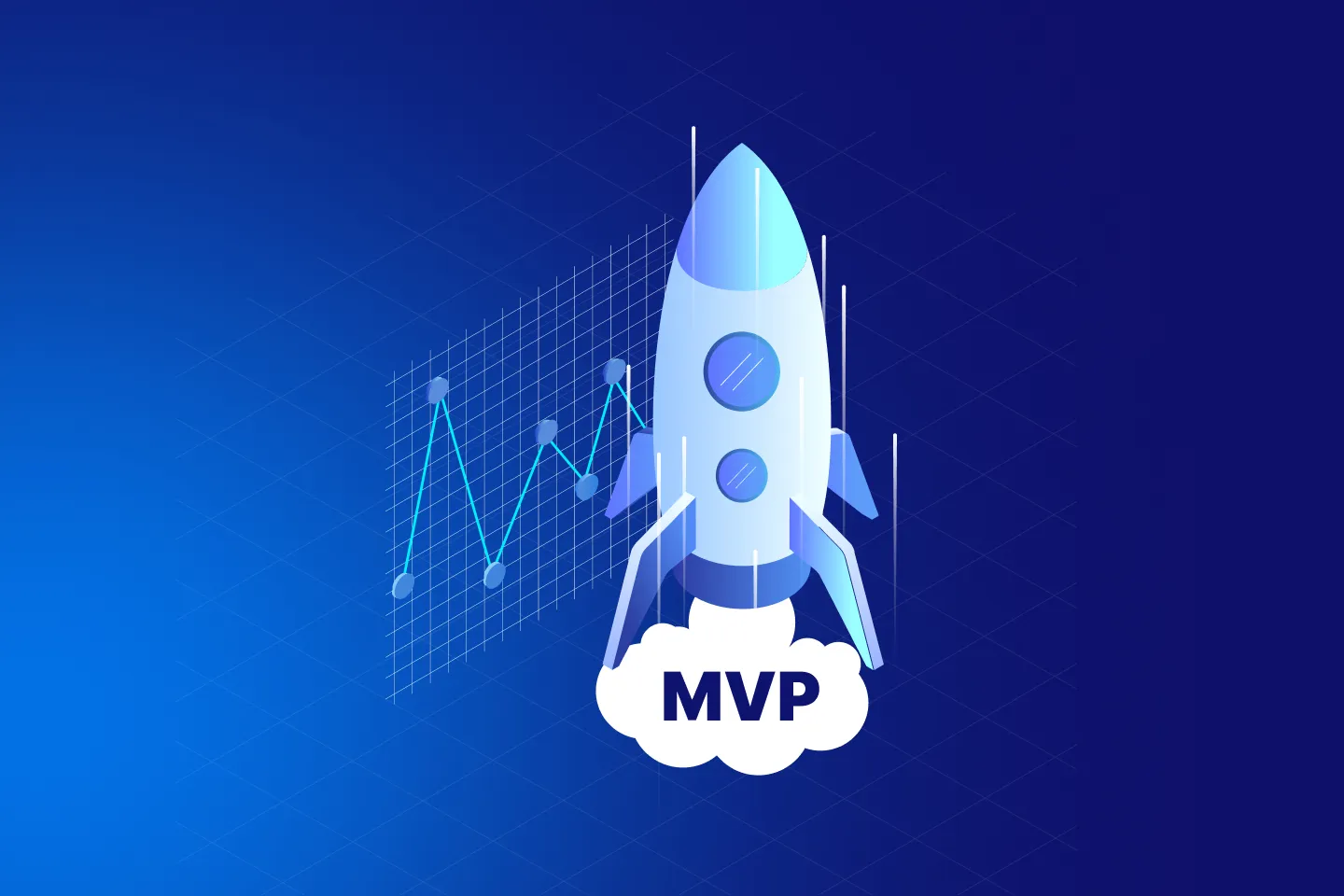
So, you're diving into MVP software development. First off, welcome! Whether you're building your first app or launching your tenth startup, understanding the MVP mindset can save you time, money, and a whole lot of headaches.
What Is MVP Software Development, Really?
Let’s break it down. MVP stands for Minimum Viable Product. Think of it as the most basic version of your product that still solves the core problem for your users. It’s not polished, and it’s not packed with features, but it works. And more importantly, it teaches you something.
Still wondering, "In which stage is a minimum viable product (MVP) created?" The answer: early—very early. We're talking right after the idea stage. You want to validate your concept before pouring in time and resources.
MVP vs Prototype vs POC
If you're building something new, chances are you’ve heard terms like MVP, prototype, and POC thrown around like they’re interchangeable. But they’re not. Each plays a unique role in product development. Here’s how they stack up:
Proof of Concept (POC)
A POC is like saying, "Hey, is this even technically possible?"
- Goal: Validate the feasibility of an idea.
- Used for: Testing a core piece of functionality or a technical assumption.
- Audience: Usually internal—engineers, stakeholders, or investors.
- Example: Trying out a new AI model to see if it can recognize dog breeds before building the full app.
Prototype
A prototype asks, "What will it look and feel like?"
- Goal: Explore design and user flow.
- Used for: Showing the concept to users or investors early on.
- Audience: Designers, early users, stakeholders.
- Example: A clickable Figma mockup of your app’s main screens with no working code behind it.
Minimum Viable Product (MVP)
An MVP says, "Let’s build the smallest real version and see how users respond."
- Goal: Test the product in a real-world setting with real users.
- Used for: Validating market demand and gathering feedback.
- Audience: Actual users and early adopters.
- Example: A simple version of your dog-walking app with basic profiles, scheduling, and payments.
Understanding the difference helps you choose the right tool for the job—and avoid building too much too soon.
The Importance of MVP in Software Development
Developing an MVP provides numerous benefits to both organizations and developers.
1. Reduce the Potential Dangers
An MVP lessens the likelihood of developing a product that does not fulfill the requirements of the market. By gathering feedback at an early stage, developers have the ability to modify their strategy or improve the idea so that it is more in line with the expectations of the users.
2. Reduce Expenditures and Conserve Resources
The development of MVP concentrates solely on the most important aspects, hence avoiding any needless expenditures. Teams can prioritize resources on key functionality, which guarantees a delivery that is both quicker and more efficient.
3. Rapid Reconfirmation of the Market
MVPs enable organizations to release a version of their product that is already functional, thereby receiving insights from actual users. Before releasing a full version of the product, improving it through the use of this feedback loop is extremely beneficial.
4. Give the User More Priority
Testing an MVP in different platforms such as web, iOS, or Android systems with actual users enables developers to better understand pain areas, preferences, and expectations, which ultimately results in a more user-centric product.
Key Characteristics of an MVP in Software Development
When developing an MVP, it is essential to make certain that the product possesses the following essential qualities:
• Minimal Features
Stick to the essentials. An MVP should only include the core features required to solve the user’s main problem. No fluff, no extras—just what’s necessary to deliver value.
• Clear Focus on Core Value
Your MVP needs to highlight the main value it brings to users. Don’t get distracted by secondary features. Keep it laser-focused on showing why someone should care.
• Built with Scalability in Mind
Even though an MVP is simple, it shouldn't be a throwaway. Structure it in a way that allows for future updates, growth, and new features based on real user feedback.
• User-Centric by Design
Design with your users front and center. A great MVP isn’t just functional—it’s intuitive and enjoyable to use. Think clean layouts, straightforward navigation, and small UX touches (like a dynamic island for iOS) that enhance the overall experience.
Steps to Build an MVP in Software Development
Making an MVP involves careful planning and execution. To assist you in navigating the process, the following is a step-by-step guide:
Step 1: Identify the Problem and Target Audience
It is important to first describe the problem that your program intends to tackle before beginning development. You can gain a better understanding of your target audience by analyzing their preferences, pain spots, and how the MVP can improve their life. For instance, a minimum viable product (MVP) for ride-sharing should prioritize the provision of easy booking and tracking since these are the core needs of users.
Step 2: Conduct Market Research and Analyze Competitors
Before writing a single line of code, look outward. Research your target market to understand what’s already out there. What are your competitors doing well? Where are the gaps?
This step helps you:
- Validate demand for your idea
- Identify unique value propositions
- Avoid reinventing the wheel
Step 3: Prioritize Features
Make a list of all the possible features that your product could have, and determine which ones are absolutely necessary for the MVP. By concentrating on finding a solution to the fundamental issue, you may prevent feature creep. Create a straightforward feature plan while giving flexibility for additional iterations in the future.
Step 4: Build the MVP
You should choose a technological stack or development framework that facilitates rapid prototyping, such as Ruby on Rails or React or another similar framework. Or, in case you are not a professional in coding, you can trust the development to the AI assistants and organize the development through vibe coding.
SaaS products are a popular format for MVPs because of their scalability and quick deployment. Using SaaS development services can significantly accelerate MVP creation by providing modular infrastructure, reduced overhead, and faster market testing.
Step 5: Test the MVP
Release the MVP to a select group of users and get feedback via means:
User testing sessions, surveys, and analytics tools are all included.
To measure user happiness and locate areas that could use improvement, this testing step is helpful.
Step 6: Iterate and Improve
Review the input and make changes iteratively in order to improve the MVP. Before releasing the full version of the product, it is recommended to incorporate new features or modify current ones based on the feedback received from users.
Step 7: Launch and Get Feedback
Your users are your best critics. They’ll tell you what’s working and what’s... not.
What Does MVP Stand for in Business
In a business context, an MVP is less about building something “minimal” and more about building something meaningful. It’s a strategy designed to cut through the noise of assumptions and opinions and instead rely on real-world validation. Rather than investing heavily in features or polish from day one, businesses use MVPs to uncover what their customers actually need—not just what they think they need.
This approach supports faster decision-making, better product-market alignment, and smarter use of resources. It’s lean, it’s focused, and in today’s fast-moving tech world, it’s often the smartest way to innovate.
Common Mistakes to Avoid
- Overbuilding: If it takes six months to launch, it’s probably not an MVP.
- Ignoring Feedback: What’s the point of launching early if you’re not listening?
- Falling in Love with Features: Stay focused on solving one problem well
Examples of Successful MVPs in Software Development
To validate their ideas with a limited number of resources before scaling, many popular software products began as MVPs. A couple of examples come to mind:
Dropbox
Started as a simple explainer video showing off file-syncing. No product, just validation. Result? Thousands of sign-ups and investor interest.
Airbnb
The founders rented out their own apartment to test the demand for short-term stays. That basic MVP confirmed the home-sharing model.
Launched as "Burbn" with just photo sharing and filters. No stories, reels, or DMs. The MVP nailed the core use case, and users loved it.
Tips for Building the Best MVP
To make sure your MVP hits the mark, keep these key tips in mind:
- Start with a clear problem and audience
Know exactly what pain point you’re solving and who you’re solving it for. Clarity here saves time later.
- Focus on one core value
Your MVP should do one thing really well. Avoid the temptation to add extra features right away.
- Build just enough to test
Create a working version that delivers your main value—and nothing more. The goal is learning, not perfection.
- Use a fast, flexible tech stack
Whether it’s low-code tools, proven frameworks, or outsourcing, use what helps you build and iterate quickly.
- Launch early, learn fast
Don’t wait until everything is polished. Get feedback from real users as soon as possible.
- Prioritize user feedback
Talk to your users. Test their experience. Improve based on what they actually need—not what you assume.
- Keep it lean and adaptable
A great MVP is simple, scalable, and designed to evolve based on data, not guesswork.
How Solicy Builds MVPs That Deliver Real Value
At Solicy, we take a practical, results-driven approach to MVP software development. Our goal is simple: help you validate your product idea quickly, efficiently, and with meaningful user feedback - so you can make smarter business decisions and build with confidence.
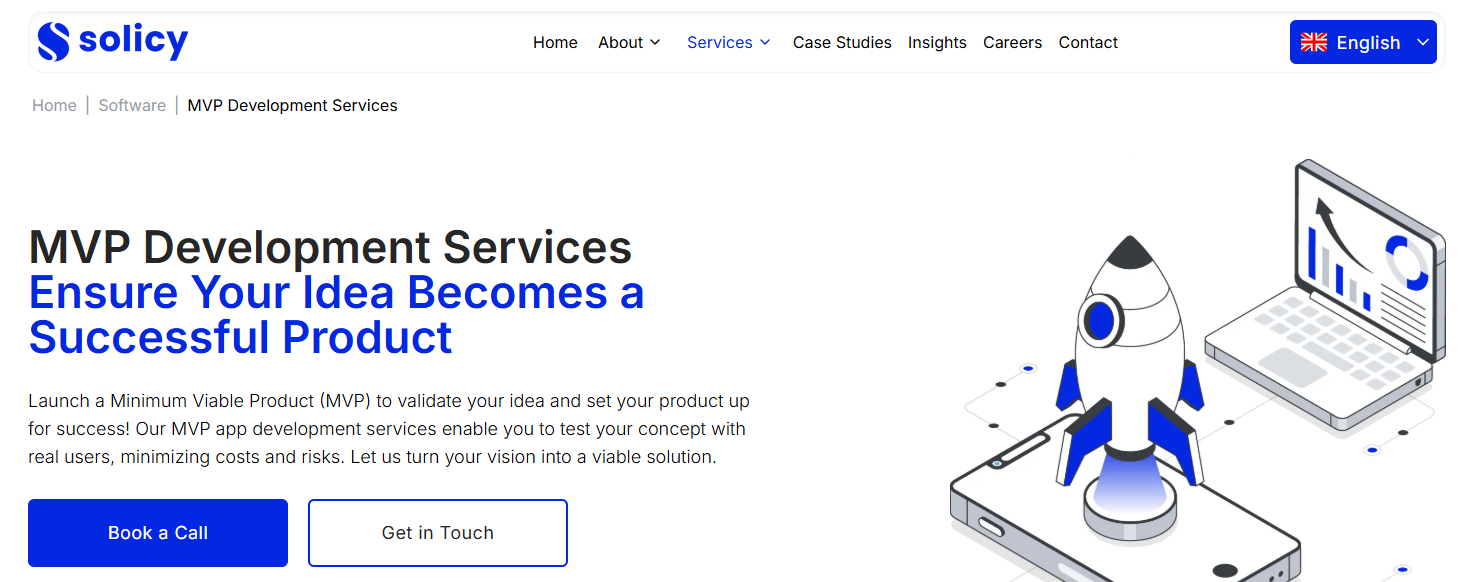
We don’t overcomplicate the process. Instead, we focus on creating an MVP that delivers value fast—without unnecessary features or delays. Here’s how we guide you from concept to launch:
Our MVP Development Process
- Understand the Vision
We begin with a detailed discovery session to clarify your goals, audience, and product purpose. This helps define what truly matters for your MVP.
- Design for Real Users
Our UX team creates wireframes and interactive prototypes that map out the user journey—ensuring the product feels intuitive and functional from day one.
- Build What Matters Most
We develop your MVP using modern tech stacks and lean methodologies. Every feature we build has a clear role: solving the core user problem.
- Test, Learn, and Improve
Once launched, we gather feedback from early users and refine the product accordingly. This data-driven iteration is key to evolving your MVP into a full product.
- Deploy with Confidence
With automated CI/CD pipelines, version control, and separate environments for staging and production, your MVP is built to scale and easy to maintain.
By focusing on what’s essential, we help you reduce risk, speed up time-to-market, and learn what users really need. If you’re looking for a partner that treats your idea like more than just a project, Solicy’s MVP software development services might be exactly what you need.
MVP Software Development: FAQ
What Does MVP Stand For?
MVP stands for Minimum Viable Product—a concept used across startups, product design, and software development. It's all about creating a lean, functional product that solves a core problem for users and delivers real value early on. Instead of building everything at once, an MVP helps validate assumptions before scaling.
What Does MVP Stand for in Agile?
It refers to the smallest possible version of a product that can be released to users for feedback, while still solving a real user problem. In Agile, teams use MVPs to quickly test ideas, gather insights, and continuously improve the product with each sprint.
What Are the Three Elements of MVP?
Every effective MVP should include these three key elements:
- Core Functionality
- Early Usability
- Built-In Feedback Loop
In Which Stage Is a Minimum Viable Product (MVP) Created?
An MVP is typically built right after the idea validation stage—before full-scale development. It's one of the earliest deliverables in the product lifecycle, used to test market fit and gather insights. If you're asking, “Should I build it now or wait?”, the answer is: build it early and refine as you go.
How is an MVP different from a traditional software development approach?
An MVP takes a faster, more flexible approach compared to traditional software development. Instead of building a fully-featured product from the start, it focuses on launching a functional version quickly to gather real user feedback. This lowers the risk of developing something users don’t need and allows teams to iterate based on actual data, while traditional methods often follow a rigid plan with limited early input.
What Makes Solicy’s MVP Development Approach Unique?
Solicy takes a lean and user-focused approach to MVP software development. The process emphasizes rapid validation, focusing on building only the core features needed to test a product idea in real conditions. By combining intuitive UX design with modern, scalable technologies, Solicy ensures that each MVP is not just functional, but ready to evolve based on real user feedback. This agile strategy helps reduce time-to-market, minimize risk, and lay a strong foundation for future product growth.

